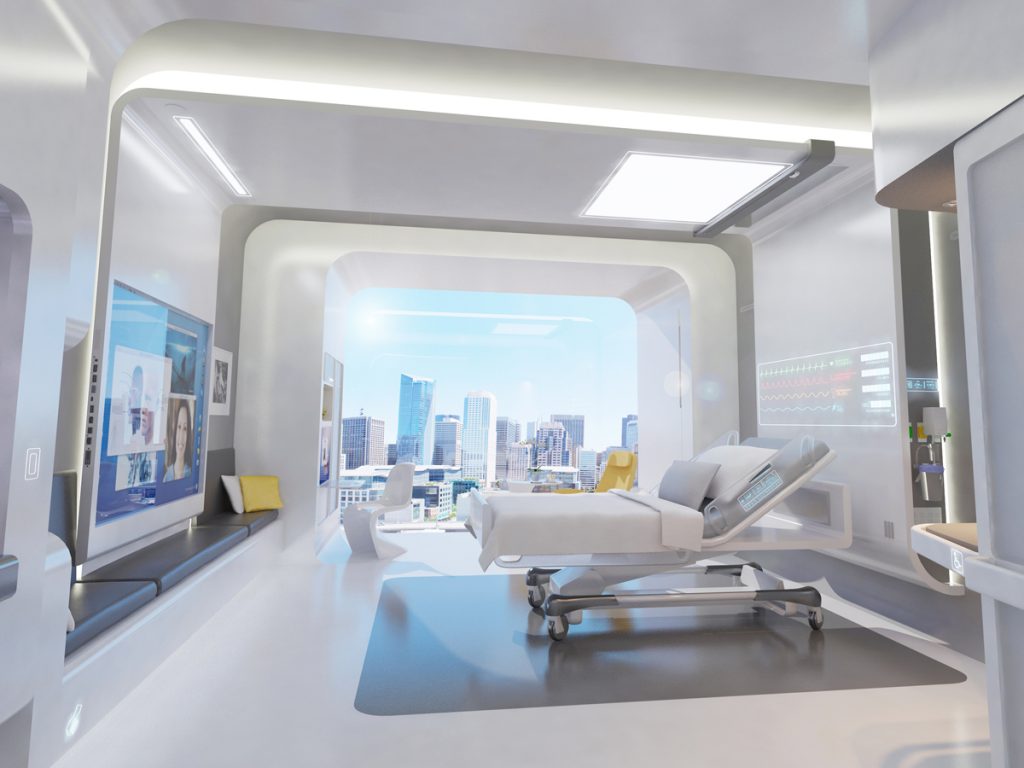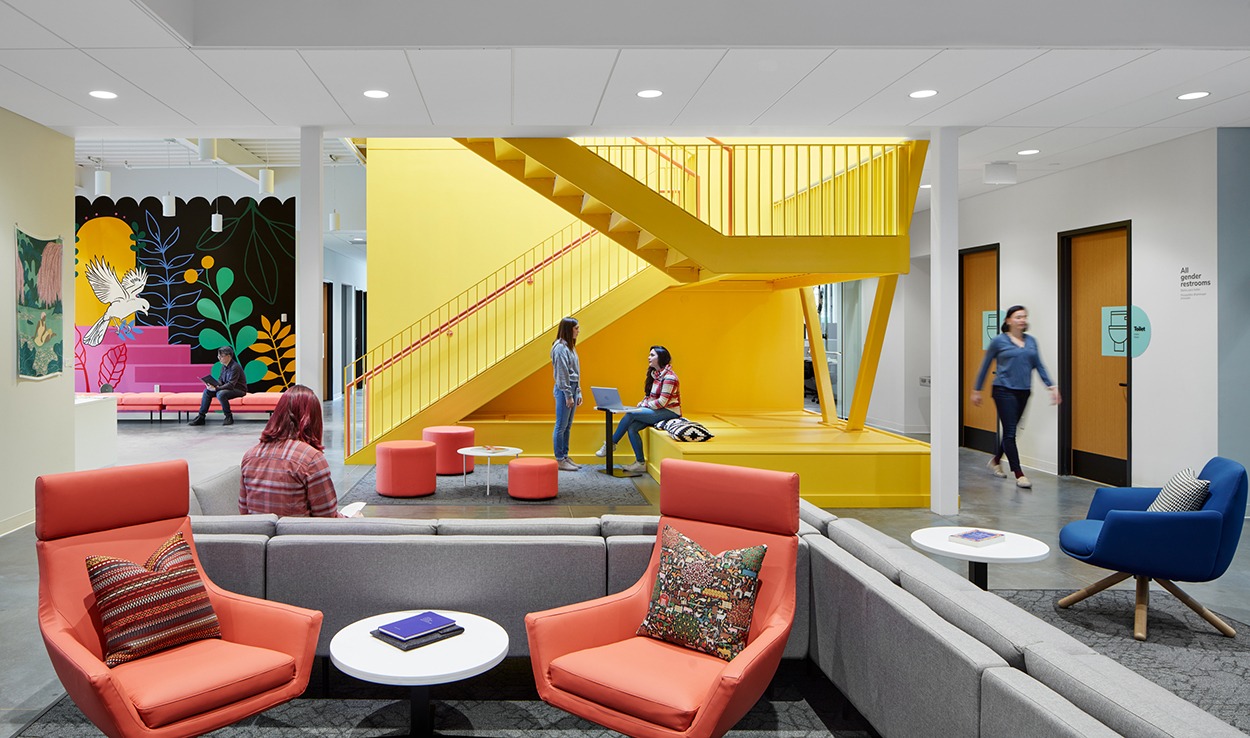Recently, I watched a video showing a virtual prototype of Patient Room 2020.
Designed by NXT, Clemson University, and Birdtree Design for a project originally commissioned by the Department of Defense more than 10 years ago, this conceptual project still looks futuristic to me.
And we're less than three years away from 2020.
So I posted the video on LinkedIn and asked how close are we to this kind of patient room yet.
A Long Way to Go
"We are not close enough!" wrote Natalie Miovski Hagerty, Director, Facilities Planning, The Children’s Hospital of Philadelphia. "Thank you for bringing this topic up again. We should all be focusing on how we can improve inpatient room design."
Andrew Quirk, Senior VP, National Director, Skanska, wrote, "Not very close. I was a part of developing this concept that is more about integration of technology and use of analytics than the architecture."
"The architecture is polarizing, but those that look beyond it understand the dialogue it creates," Quirk continued. "We have a long way to go in providing spaces that reflect evolving technology and modern models of care. Anyone up for the challenge?!"
I think the healthcare and design industry is up for the challenge, but it will be awhile before we see plug-and-play environments like Patient Room 2020.
Digital Interface Empowers Patients & Staff
There are many interesting features, like the "Patient Ribbon" digital interface to monitor vital signs, administer medical gasses, control lights, watch videos, etc. Or the Staff Resource Station with smart glass sliding doors and digital alerts for patient allergies, food restrictions, and other things.
The pre-fabricated modular aspect of the room design, which was pretty much unheard of 10 years ago, is something that's already being used in many hospital projects.
And I agree with Quirk that the architecture is a bit polarizing. Stark even. And maybe therein lies the design challenge: how to integrate this type of technology and so that it doesn't look like a spaceship?
Or maybe it's okay that it looks like a spaceship. Except that patients and staff today aren't used to spaceships.
What's Next?
A few years ago NXT partnered with DuPont and others to build an actual prototype of Patient Room 2020 at the DuPont Corian Design Studio in New York City. It appears though, that DuPont has closed this studio.
I think patient room design will continue to evolve and eventually adapt to all kinds of new technology -- some of which we don't even know yet.
Beyond the hospital room, there's a lot of talk about "smart hospitals" using technology to improve operational and clinical work efficiency as well as enhance the patient and family experience. But many think we're a long way from that, too.
What do you think the future holds for patient room design?
P.S. Please do me a favor -- if you liked this post and like this blog, please share it with others by sending them the link or posting it on your Twitter, LinkedIn, or Facebook. Also, don't forget to subscribe, so you'll get emails when new content is posted. Thanks!







